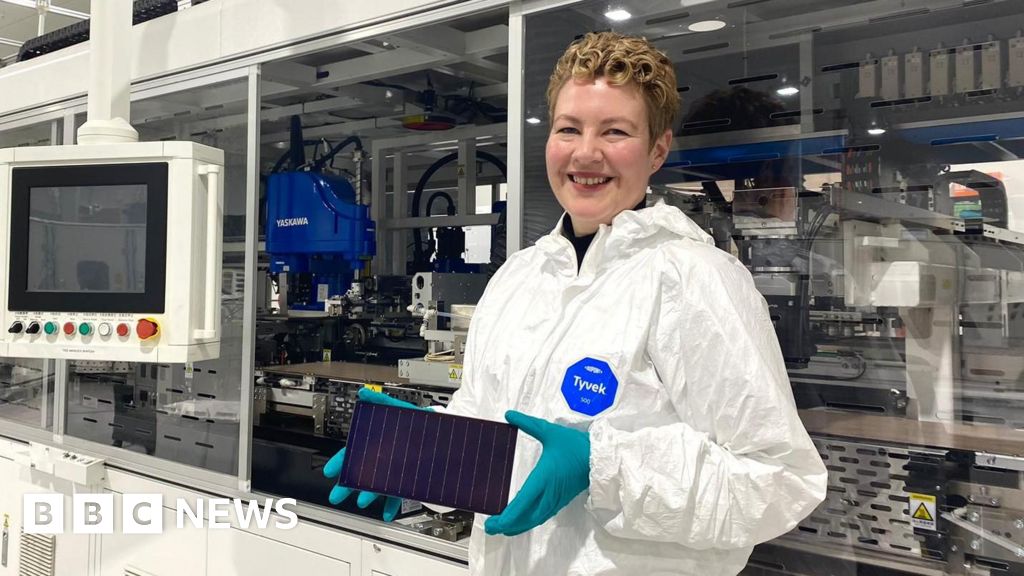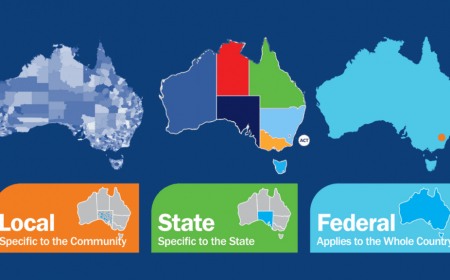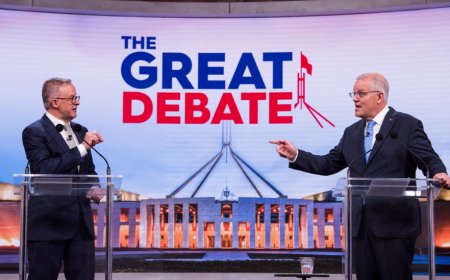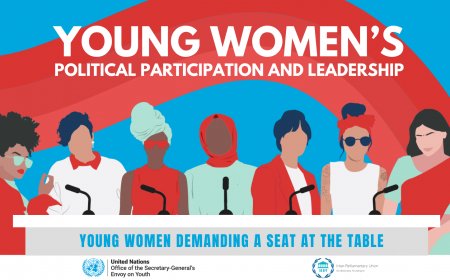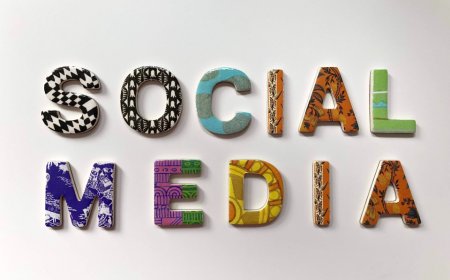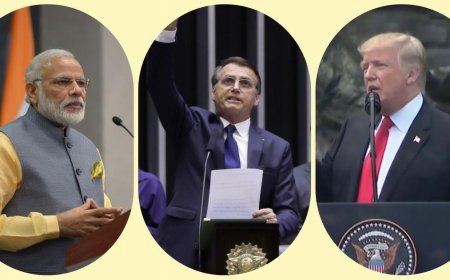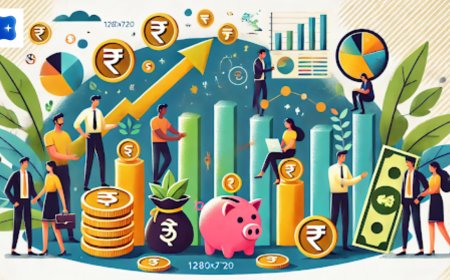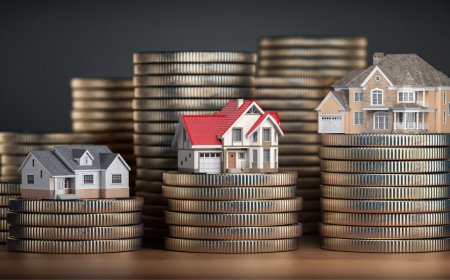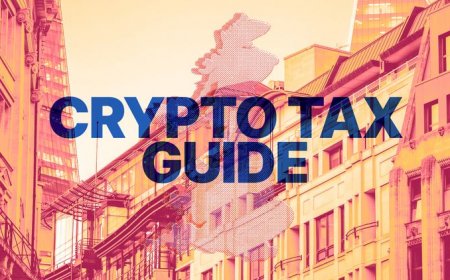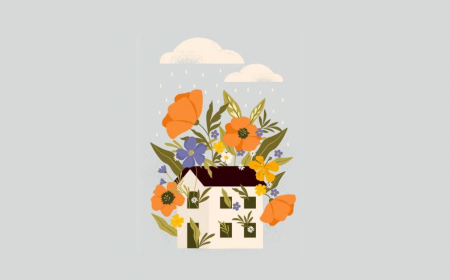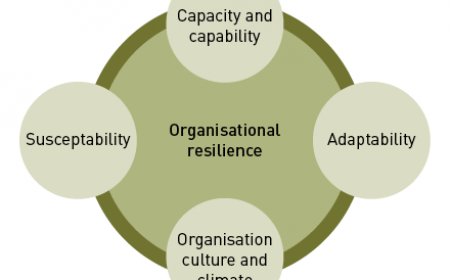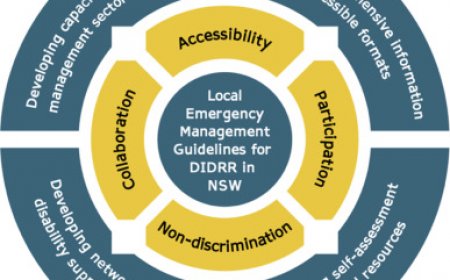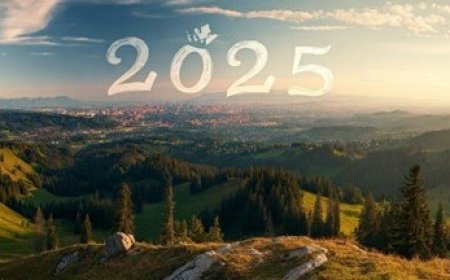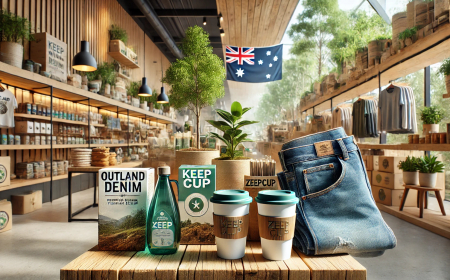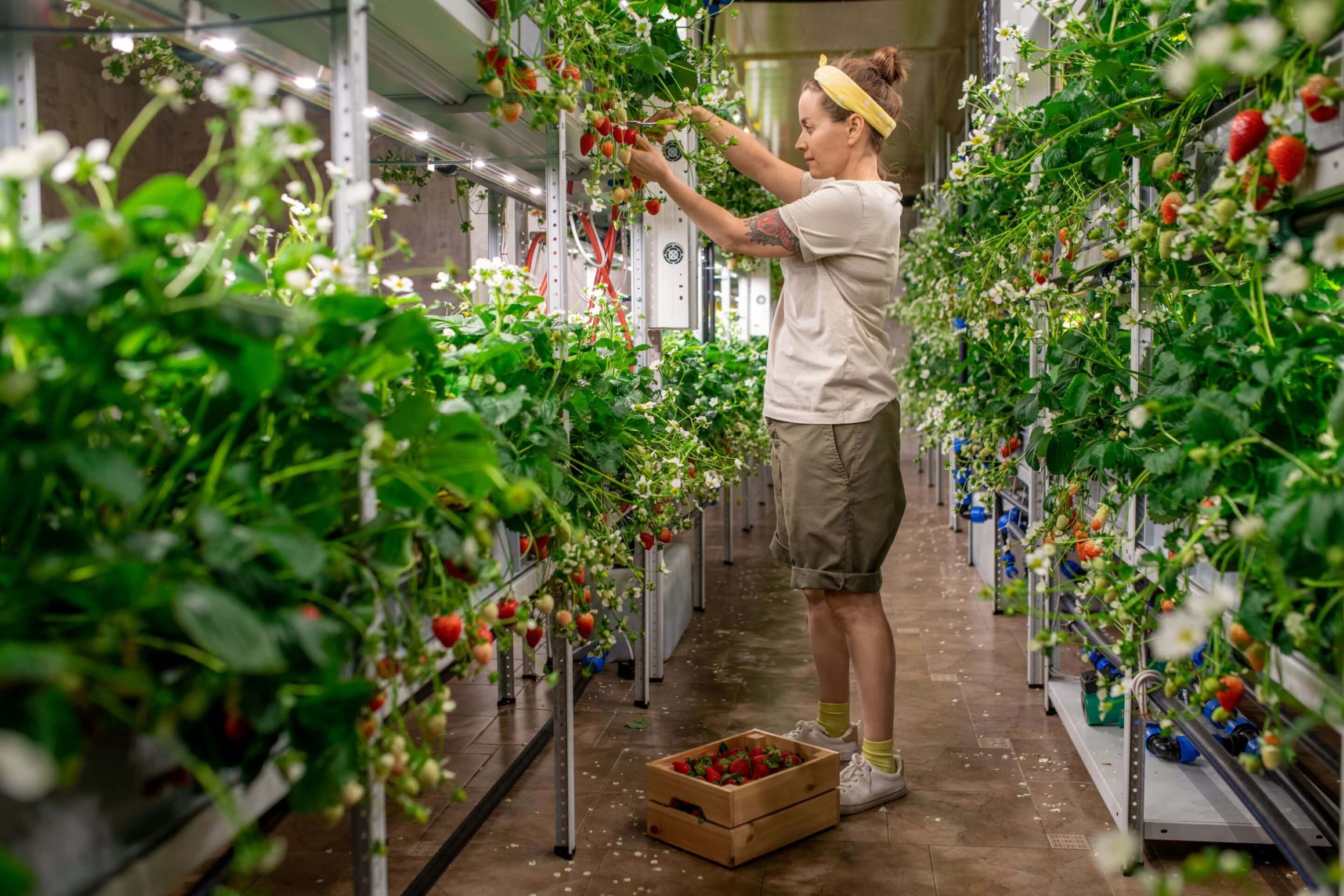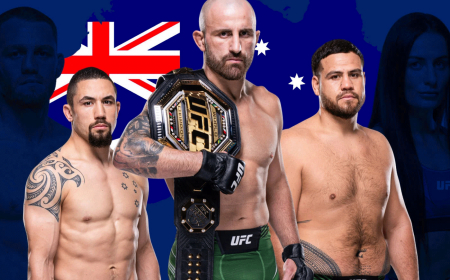Europe: Fashion Capitals and Creative Industries
Discover how Europe’s fashion capitals—Paris, Milan, London, Berlin, and Barcelona—are shaping global trends and driving the creative economy. Explore their contributions, challenges, and sustainable innovations.
Europe has long been a global epicenter for fashion, art, and innovation. From the bustling streets of Paris to the avant-garde designs emerging from Milan, Europe’s fashion capitals are not just hubs of style but also pillars of its creative industries. These cities serve as melting pots where tradition meets modernity, fostering unparalleled creativity that shapes global trends. In this article, we delve into the vibrant ecosystems of Europe’s fashion capitals, explore their contributions to the creative economy, and examine how these industries continue to thrive in an ever-evolving world.
The Role of Fashion Capitals in Europe
What Defines a Fashion Capital?
A fashion capital is more than just a city known for its stylish residents or luxury boutiques. It is a dynamic ecosystem where designers, artisans, manufacturers, marketers, and consumers converge to create, innovate, and inspire. These cities act as incubators for new ideas, setting benchmarks for quality, craftsmanship, and trendsetting.
Key Characteristics of Fashion Capitals
- Heritage and Tradition : Many European fashion capitals boast centuries-old legacies of textile production, tailoring, and design.
- Global Influence : Their runway shows, exhibitions, and events shape international fashion calendars.
- Creative Clusters : Proximity to art schools, studios, and workshops fosters collaboration and experimentation.
Paris: The Eternal Epicenter of Haute Couture
No discussion about European fashion would be complete without mentioning Paris , often hailed as the “Fashion Capital of the World.” Home to iconic houses like Chanel, Dior, and Saint Laurent, Paris epitomizes elegance and sophistication.
Historical Significance
Paris became synonymous with haute couture in the 19th century, thanks to pioneers like Charles Frederick Worth, who transformed dressmaking into high art. Today, the city remains the spiritual home of couture, hosting biannual Fashion Weeks that attract designers and buyers from around the globe.
Modern Innovations
While rooted in tradition, Parisian fashion constantly evolves. Emerging designers blend classic techniques with cutting-edge technology, creating garments that push boundaries. For instance:
- Balenciaga : Known for its futuristic silhouettes and bold statements, Balenciaga has redefined streetwear by infusing it with couture sensibilities.
- Off-White : Founded by Virgil Abloh, Off-White bridges the gap between luxury and urban culture, appealing to younger generations.
"Paris teaches us that true style transcends fleeting trends—it is timeless, yet always reinventing itself."
Cultural Impact
Paris extends beyond clothing; it influences beauty, fragrance, and lifestyle. Perfume houses like Guerlain and Yves Saint Laurent Beauty have become integral parts of the city’s identity, exporting French elegance worldwide.
Milan: Where Luxury Meets Innovation
Milan stands out as Italy’s crown jewel of fashion, renowned for its opulent designs and meticulous craftsmanship. As the headquarters of Prada, Gucci, Versace, and Armani, Milan exudes luxury and exclusivity.
Textile Heritage
Italy’s rich history of textile manufacturing provides Milanese designers with access to some of the finest fabrics in the world. Silk from Como, wool from Biella, and leather from Tuscany form the backbone of Italian fashion. This emphasis on quality ensures that Milan remains synonymous with premium products.
Sustainability Initiatives
In recent years, Milan has embraced sustainability, positioning itself as a leader in eco-conscious fashion. Brands like Stella McCartney champion ethical practices, while initiatives like Camera Nazionale della Moda Italiana promote green policies across the industry. For example:
- Gucci’s Circular Economy Efforts : Gucci launched its "Equilibrium" platform, focusing on carbon neutrality and regenerative agriculture.
- Prada Re-Nylon Project : Prada introduced a line of bags made entirely from recycled nylon, showcasing its commitment to environmental responsibility.
Architectural Influence
Milan’s architectural marvels, such as the Duomo di Milano and Galleria Vittorio Emanuele II, inspire designers to incorporate grandeur and symmetry into their collections. The interplay between architecture and fashion creates a unique aesthetic that resonates globally.
London: A Hub for Avant-Garde Creativity
London is celebrated for its edgy, experimental approach to fashion. Unlike Paris or Milan, which emphasize refinement, London thrives on boldness and individuality.
Emerging Talent
Central Saint Martins and the Royal College of Art nurture young talent, producing visionary designers like Alexander McQueen, John Galliano, and Vivienne Westwood. London Fashion Week showcases these innovators, offering a platform for unconventional ideas. For instance:
- Christopher Kane : Known for his daring use of materials and provocative themes, Kane consistently challenges societal norms.
- Simone Rocha : Her romantic yet subversive designs blur the lines between femininity and rebellion.
Street Style Culture
London’s diverse neighborhoods—from Shoreditch to Notting Hill—inspire unique street styles that blur the line between high fashion and everyday wear. This grassroots influence keeps London at the forefront of global trends. Streetwear brands like Palace Skateboards and A-Cold-Wall* exemplify this fusion of accessibility and exclusivity.
Music and Fashion Synergy
London’s vibrant music scene, spanning punk rock to grime, heavily influences its fashion landscape. Designers often collaborate with musicians to create iconic looks, reinforcing the symbiotic relationship between sound and style.
Berlin: Minimalism Meets Subversion
Though less traditional than its counterparts, Berlin has carved out a niche as a hub for minimalist, utilitarian fashion. Its gritty urban landscape and countercultural roots inform its aesthetic.
Independent Designers
Berlin supports independent labels that prioritize functionality over flashiness. Brands like Lala Berlin and GmbH reflect the city’s ethos of simplicity and authenticity. These designers often draw inspiration from Berlin’s post-reunification era, characterized by resilience and reinvention.
Tech Integration
As Germany’s startup capital, Berlin seamlessly integrates technology into fashion. Wearable tech and smart textiles are gaining traction, driven by collaborations between designers and engineers. For example:
- Wearable Tech Startups : Companies like WearIt Berlin specialize in embedding sensors into clothing, enabling real-time health monitoring.
- Digital Fabrication : Berlin-based studios experiment with 3D printing to create custom-fit garments, reducing waste and enhancing precision.
Artistic Collaborations
Berlin’s thriving art scene fuels cross-disciplinary projects. Fashion designers frequently collaborate with visual artists, photographers, and filmmakers to produce immersive experiences that challenge conventional narratives.
Barcelona: Bridging Art and Fashion
Barcelona combines Catalan heritage with contemporary flair, making it a rising star in Europe’s fashion scene. Its proximity to the Mediterranean influences both color palettes and silhouettes.
Artistic Inspiration
The works of Antoni Gaudí and Joan Miró inspire local designers to experiment with form and texture. Events like 080 Barcelona Fashion highlight this fusion of art and apparel. For instance:
- Custo Barcelona : Known for its vibrant prints and eclectic patterns, Custo Barcelona embodies the city’s playful spirit.
- Desigual : This brand celebrates diversity through bold colors and unconventional cuts, reflecting Barcelona’s multicultural vibe.
Local Production
Barcelona emphasizes small-scale, artisanal production, ensuring high-quality pieces that resonate with conscious consumers. Local ateliers preserve traditional techniques while embracing modern aesthetics, creating a harmonious blend of old and new.
Tourism and Retail
Barcelona’s status as a tourist hotspot boosts its retail sector. Flagship stores along Passeig de Gràcia attract shoppers seeking luxury goods, while boutique shops in El Born cater to those looking for unique finds.
The Intersection of Fashion and Creative Industries
Beyond Clothing: Expanding Horizons
Fashion does not exist in isolation; it intersects with other creative sectors such as film, music, architecture, and digital media. This synergy amplifies Europe’s cultural output and economic impact.
Film and Costume Design
European filmmakers frequently collaborate with fashion designers to craft visually stunning costumes. Movies like The Great Gatsby (costumes by Miuccia Prada) exemplify this partnership. Similarly, period dramas like Bridgerton rely on historically accurate attire to transport viewers to another era.
Music and Brand Collaborations
Musicians often double as style icons, influencing fashion trends. Collaborations between artists like Rihanna and Fenty Beauty demonstrate the power of cross-industry partnerships. For example:
- Adidas x Beyoncé : The Ivy Park collection merges athletic wear with high-fashion elements, appealing to fitness enthusiasts and fashionistas alike.
- Louis Vuitton x Pharrell Williams : This collaboration blends streetwear with luxury, showcasing the versatility of both brands.
Digital Transformation in Fashion
Technology is revolutionizing every aspect of the fashion industry, from design to retail. European capitals are leading this charge through innovations like virtual fitting rooms, AI-driven personalization, and blockchain-enabled supply chains.
Virtual Fashion Shows
During the COVID-19 pandemic, cities like Paris and Milan pivoted to digital formats, streaming shows via platforms like Instagram Live and Zoom. This shift democratized access, allowing global audiences to participate. For instance:
- Chanel’s Digital Runway : The brand used augmented reality to recreate its iconic Grand Palais setting, immersing viewers in a virtual experience.
- Gucci’s Gaming-Inspired Campaigns : Gucci partnered with video game developers to launch interactive campaigns, engaging younger demographics.
NFTs and Digital Garments
Non-fungible tokens (NFTs) have entered the fashion realm, enabling designers to sell digital-only clothing. Brands like Dolce & Gabbana and Burberry have embraced this trend, appealing to tech-savvy millennials and Gen Z. For example:
- Dolce & Gabbana’s Collezione Genesi : This NFT collection features exclusive digital designs, blurring the line between physical and virtual fashion.
- Burberry’s Blankos Block Party : Burberry collaborated with Mythical Games to introduce branded accessories within a multiplayer universe.
Economic Impact of Creative Industries
Job Creation and Revenue Generation
The creative industries contribute significantly to Europe’s GDP, employing millions across various sectors. According to the European Commission, the cultural and creative industries generate over €500 billion annually.
Supporting Small Businesses
Independent designers, photographers, and stylists benefit from Europe’s robust support systems, including grants, residencies, and mentorship programs. For example:
- Creative Europe Program : Funded by the EU, this initiative supports transnational projects that enhance cultural exchange and innovation.
- Local Incubators : Cities like Amsterdam and Copenhagen offer co-working spaces and funding opportunities for startups in the creative sector.
Tourism Boost
Fashion weeks and exhibitions draw tourists, boosting local economies. For example, Paris Fashion Week attracts over 200,000 visitors each season, generating billions in revenue. Similarly, Milan’s Salone del Mobile furniture fair attracts design enthusiasts from around the world, driving hotel bookings and restaurant sales.
Challenges Facing the Industry
Despite its successes, Europe’s fashion and creative industries face challenges such as rising costs, climate concerns, and shifting consumer preferences.
Fast Fashion vs. Slow Fashion
The rise of fast fashion threatens sustainable practices, prompting calls for regulation and consumer education. Brands like H&M and Zara dominate the market with affordable, mass-produced items, often at the expense of worker rights and environmental health.
Brexit Uncertainty
For UK-based creatives, Brexit has complicated trade agreements and visa requirements, impacting collaborations with EU partners. For instance, British designers now face higher tariffs when exporting goods to Europe, increasing operational costs.
Pandemic Aftermath
The COVID-19 pandemic disrupted supply chains, delayed collections, and forced many businesses to close permanently. While some adapted by going digital, others struggled to recover financially.
Strategies for Sustaining Growth
Promoting Sustainability
To combat environmental degradation, European fashion capitals are adopting circular economy models. Recycling, upcycling, and zero-waste designs are becoming standard practices.
Policy Interventions
Governments can incentivize sustainable practices through tax breaks and subsidies. France’s anti-waste law banning unsold inventory destruction sets a precedent. Additionally, the EU’s Green Deal aims to make Europe the first climate-neutral continent by 2050, encouraging industries to adopt eco-friendly measures.
Consumer Awareness
Educating consumers about the benefits of slow fashion is crucial. Campaigns like #WhoMadeMyClothes raise awareness about ethical production methods, empowering buyers to make informed choices.
Fostering Diversity and Inclusion
Diversity strengthens creativity. By embracing multicultural perspectives, Europe’s fashion capitals can remain relevant in a globalized market.
Case Study: Copenhagen Fashion Week
Copenhagen prioritizes inclusivity, featuring models of all sizes, genders, and ethnicities. This progressive stance enhances its reputation as a forward-thinking hub. For example:
- Holzweiler’s Gender-Neutral Collections : Norwegian brand Holzweiler promotes inclusivity through unisex designs, challenging traditional gender norms.
- Marine Serre’s Upcycled Creations : Marine Serre incorporates diverse cultural references into her work, celebrating global heritage.
Investing in Education
Educational institutions play a crucial role in nurturing future talent. Scholarships, apprenticeships, and exchange programs ensure continuity in the creative pipeline.
Notable Institutions
- Central Saint Martins (London) : Renowned for producing groundbreaking designers like Alexander McQueen and Craig Green.
- Polimoda (Florence) : Offers specialized courses in luxury management and sustainable fashion, preparing students for leadership roles.
- ESMOD (Paris) : One of the oldest fashion schools, ESMOD emphasizes technical skills alongside creative expression.
Comparison Table: Leading Fashion Capitals
Review: Verdict
Europe’s fashion capitals and creative industries embody resilience, adaptability, and ingenuity. While challenges persist, their commitment to innovation and sustainability ensures continued relevance on the world stage.
Conclusion
From Paris’s timeless elegance to Berlin’s rebellious spirit, Europe’s fashion capitals exemplify the power of creativity to transcend borders and unite cultures. By balancing tradition with progress, these cities will undoubtedly shape the future of fashion and beyond.
10 FAQs
-
What makes a city a fashion capital?
A combination of heritage, influence, and creative clusters defines a fashion capital. -
Why is Paris considered the fashion capital?
Its historical significance, luxury brands, and biannual Fashion Weeks cement its status. -
How does Milan contribute to sustainable fashion?
Through eco-conscious brands and industry-wide green initiatives. -
What sets London apart in fashion?
Its emphasis on avant-garde designs and emerging talent. -
How does Berlin differ from other fashion capitals?
It focuses on minimalism, subversion, and tech integration. -
What role do creative industries play in Europe’s economy?
They generate billions in revenue and employ millions. -
How is technology transforming fashion?
Through virtual shows, NFTs, and AI-driven customization. -
What challenges does the fashion industry face?
Fast fashion, climate concerns, and post-Brexit uncertainties. -
How can sustainability be promoted in fashion?
Via circular economy models and policy interventions. -
Which city leads in inclusive fashion?
Copenhagen stands out for its commitment to diversity.
What's Your Reaction?
 Like
0
Like
0
 Dislike
0
Dislike
0
 Love
0
Love
0
 Funny
0
Funny
0
 Angry
0
Angry
0
 Sad
0
Sad
0
 Wow
0
Wow
0


